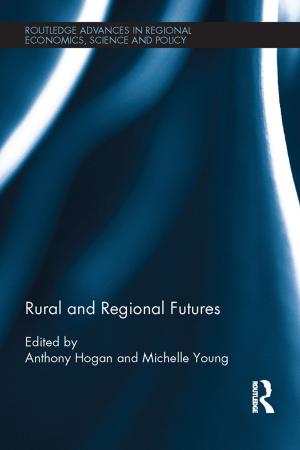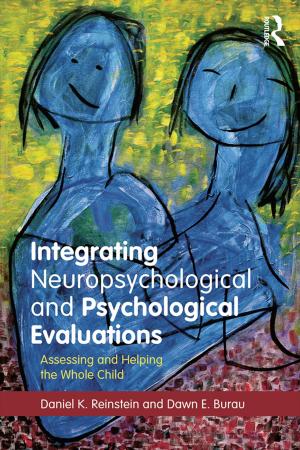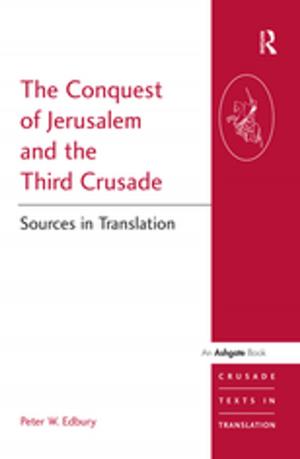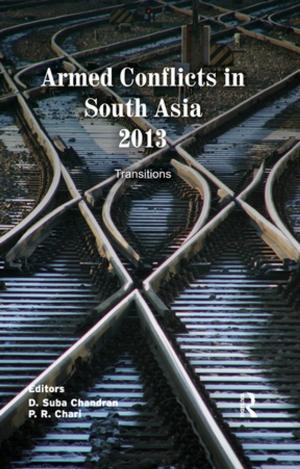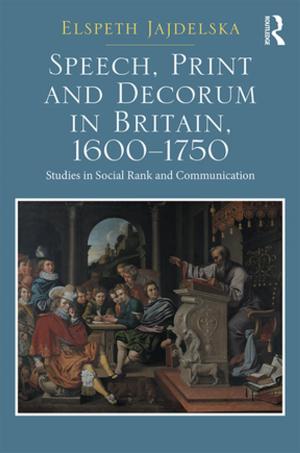| Author: | Ritta Oittinen | ISBN: | 9781135578916 |
| Publisher: | Taylor and Francis | Publication: | June 1, 2002 |
| Imprint: | Routledge | Language: | English |
| Author: | Ritta Oittinen |
| ISBN: | 9781135578916 |
| Publisher: | Taylor and Francis |
| Publication: | June 1, 2002 |
| Imprint: | Routledge |
| Language: | English |
Translating for Children is not a book on translations of children's literature, but a book on translating for children. It concentrates on human action in translation and focuses on the translator, the translation process, and translating for children, in particular. Translators bring to the translation their cultural heritage, their reading experience, and in the case of children's books, their image of childhood and their own child image. In so doing, they enter into a dialogic relationship that ultimately involves readers, the author, the illustrator, the translator, and the publisher. What makes *Translating for Children *unique is the special attention it pays to issues like the illustrations of stories, the performance (like reading aloud) of the books in translation, and the problem of adaptation. It demonstrates how translation and its context takes precedence can take over efforts to discover and reproduce the original author's intentions. Rather than the authority of the author, the book concentrates on the intentions of the readers of a book in translation, both the translator and the target-language readers.
Translating for Children is not a book on translations of children's literature, but a book on translating for children. It concentrates on human action in translation and focuses on the translator, the translation process, and translating for children, in particular. Translators bring to the translation their cultural heritage, their reading experience, and in the case of children's books, their image of childhood and their own child image. In so doing, they enter into a dialogic relationship that ultimately involves readers, the author, the illustrator, the translator, and the publisher. What makes *Translating for Children *unique is the special attention it pays to issues like the illustrations of stories, the performance (like reading aloud) of the books in translation, and the problem of adaptation. It demonstrates how translation and its context takes precedence can take over efforts to discover and reproduce the original author's intentions. Rather than the authority of the author, the book concentrates on the intentions of the readers of a book in translation, both the translator and the target-language readers.

